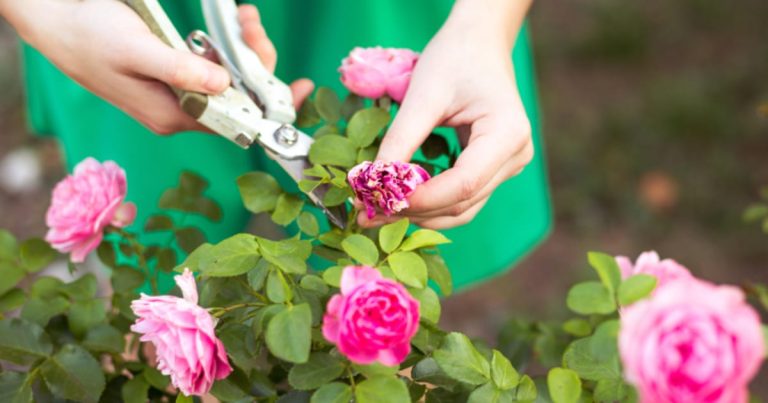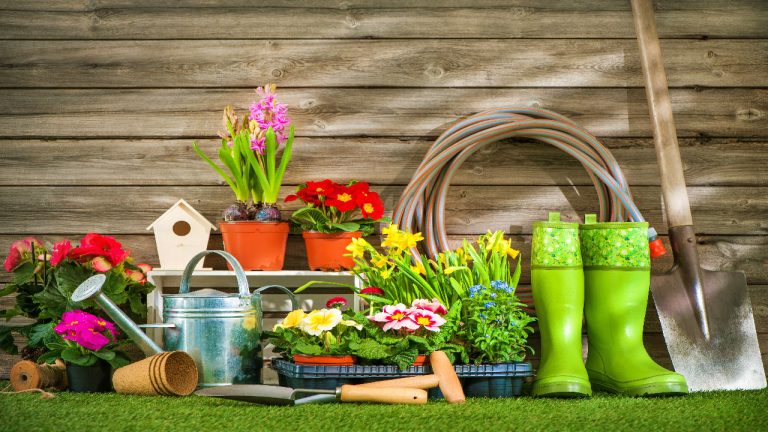
When it comes to cultivating a flourishing garden, two prominent methods come to the forefront: landscaping and greenhouse gardening. Both offer unique advantages and are capable of transforming an outdoor space into a vibrant, green oasis. However, the decision between landscaping and building a greenhouse isn’t always clear-cut. While landscaping involves designing and cultivating the outdoor environment to create a pleasing aesthetic and functional space, a greenhouse offers a controlled environment for year-round plant growth, particularly for plants that may not thrive in the local climate. The choice between the two largely depends on personal gardening goals, available space, and the type of plants one wishes to grow. This article explores the merits and limitations of both landscaping and greenhouse gardening, offering a deeper understanding of which might best suit your outdoor ambitions.
Landscaping: A Comprehensive Approach to Outdoor Design
Landscaping is the art of designing and arranging plants, trees, shrubs, and other natural features in your outdoor space. It’s about more than just planting flowers; it involves creating an overall aesthetic and a functional environment that reflects personal style while addressing the specific needs of the land. Landscaping includes hardscaping elements like paths, patios, and retaining walls, and it plays a crucial role in improving the appearance and usability of outdoor spaces.
Aesthetic Appeal
One of the greatest advantages of landscaping is its ability to transform an outdoor area into a visually stunning space. The colors, textures, and seasonal shifts of plants bring your landscape to life. Landscaping allows for a high degree of creativity, enabling you to experiment with design elements like formal, cottage-style, or naturalistic gardens. Whether you choose vibrant flowerbeds, ornamental trees, or tranquil water features, landscaping offers endless possibilities to create a space that complements your home’s architecture and provides visual appeal year-round.
Practical Functionality
Landscaping is not only about beauty—it also enhances the function of your garden. By considering factors like sunlight, wind direction, and soil quality, landscaping helps optimize your outdoor space for use. For example, strategically placed trees can provide shade on a hot summer day, or a well-designed seating area can make your garden an inviting space for social gatherings. Landscaping can also address practical concerns like drainage issues or erosion with solutions such as retaining walls or garden beds that help manage water flow.
Biodiversity and Ecological Balance
Landscaping encourages biodiversity, as a variety of plants supports a healthy ecosystem. By choosing native plants, you not only add color and texture but also help attract beneficial pollinators like bees and butterflies. Landscaping also promotes sustainability through the use of organic materials, composting, and the preservation of natural habitats. A well-planned landscape can even reduce the environmental footprint of your outdoor space by minimizing water usage and promoting soil health.
However, landscaping does come with some challenges. It requires time, effort, and expertise to create and maintain an aesthetically pleasing and functional garden. Additionally, outdoor conditions, such as climate, weather, and pests, can sometimes limit the types of plants that can thrive in a landscape design. Landscaping also requires ongoing maintenance to ensure that your plants are healthy, your lawn is neat, and your outdoor features remain intact.
Greenhouse Gardening: A Controlled Environment for Plant Growth
A greenhouse provides an entirely different approach to gardening, offering a controlled environment where plants can thrive regardless of the outdoor climate. Greenhouses can be used to grow a wide variety of plants—both indoor and outdoor varieties—year-round, extending the growing season and enabling gardeners to grow plants that would not otherwise be suitable for their region.
Climate Control and Year-Round Gardening
The primary advantage of a greenhouse is its ability to provide climate control. Inside a greenhouse, temperature, humidity, and even light levels can be regulated, ensuring that plants receive the ideal growing conditions. This allows gardeners to extend their growing season, especially in areas with harsh winters or short growing periods. A greenhouse allows you to cultivate tender plants like tomatoes, peppers, or tropical species that require a warmer climate, even in cooler regions. It also enables you to start seeds early in the season and protect delicate plants from unexpected frosts or pests.
Optimal Growing Conditions
A greenhouse offers plants a stable environment free from the variable conditions that often plague outdoor gardens. Whether it’s protection from high winds, heavy rain, or extreme heat, a greenhouse shields plants from the stresses of weather, helping them to grow more consistently and vigorously. Furthermore, greenhouses allow for more precise control over watering, soil conditions, and nutrient levels, enabling gardeners to create an optimal environment for plant growth.
Extended Plant Variety and Higher Yields
Because of the controlled conditions, greenhouse gardeners can grow a wider variety of plants than those who rely solely on landscaping. With the right setup, it’s possible to grow fruits, vegetables, and flowers that typically wouldn’t survive outdoors in your region. Greenhouses also allow for more efficient use of space, as plants can be grown vertically or in tiers. This can lead to higher yields of fruits and vegetables, making a greenhouse an excellent choice for those seeking to grow their own food in limited space.
Despite these benefits, greenhouse gardening comes with its own set of challenges. For one, the initial cost of building a greenhouse—along with the ongoing costs for heating, cooling, and ventilation—can be significant. Additionally, greenhouse gardening requires a commitment to managing the internal environment. Without proper care, issues like humidity control, pests, or disease can quickly escalate, requiring diligent attention. Greenhouses also require space, making them less suitable for small urban gardens or apartments.
Landscaping vs. Greenhouse Gardening: What Works Best?
The choice between landscaping and greenhouse gardening ultimately depends on your personal gardening goals, available space, and desired level of involvement. Let’s consider the advantages and drawbacks of each method to help you decide which works best for your needs.
Consider Landscaping If You:
-
Have a larger outdoor space and want to create a visually stunning, diverse garden.
-
Are looking to design a space that enhances your outdoor living experience with features like patios, pathways, and seating areas.
-
Enjoy seasonal changes and want to experience the beauty of flowers, trees, and shrubs as they bloom, grow, and evolve throughout the year.
-
Prefer gardening as an aesthetic and functional endeavor, focusing on enhancing the overall look and feel of your outdoor space while promoting biodiversity.
Consider a Greenhouse If You:
-
Live in a region with harsh winters, limited growing seasons, or extreme temperatures and want to extend your growing season or grow plants that are not native to your area.
-
Have limited outdoor space but still want to grow a variety of plants, especially fruits, vegetables, or tropical species.
-
Are interested in year-round gardening and want to control the environment to optimize plant health and productivity.
-
Are willing to invest in a greenhouse structure and the necessary equipment to ensure proper temperature, humidity, and ventilation for your plants.
Conclusion
In the debate of landscaping versus greenhouse gardening, neither method is inherently better than the other—it all comes down to your individual needs, preferences, and space. Landscaping offers a broad, creative approach to enhancing your outdoor environment, fostering biodiversity, and creating a space that blends beauty with function. On the other hand, a greenhouse provides a controlled environment that allows for the cultivation of a wide range of plants, extending the growing season and giving gardeners more control over their crops.
Ultimately, the best solution may be a combination of both approaches. Landscaping can beautify and personalize your outdoor space, while a greenhouse can extend your gardening horizons, allowing you to grow plants that would otherwise be out of reach. By thoughtfully integrating these two methods, you can create a garden that is both beautiful and productive, a true reflection of your gardening aspirations.





